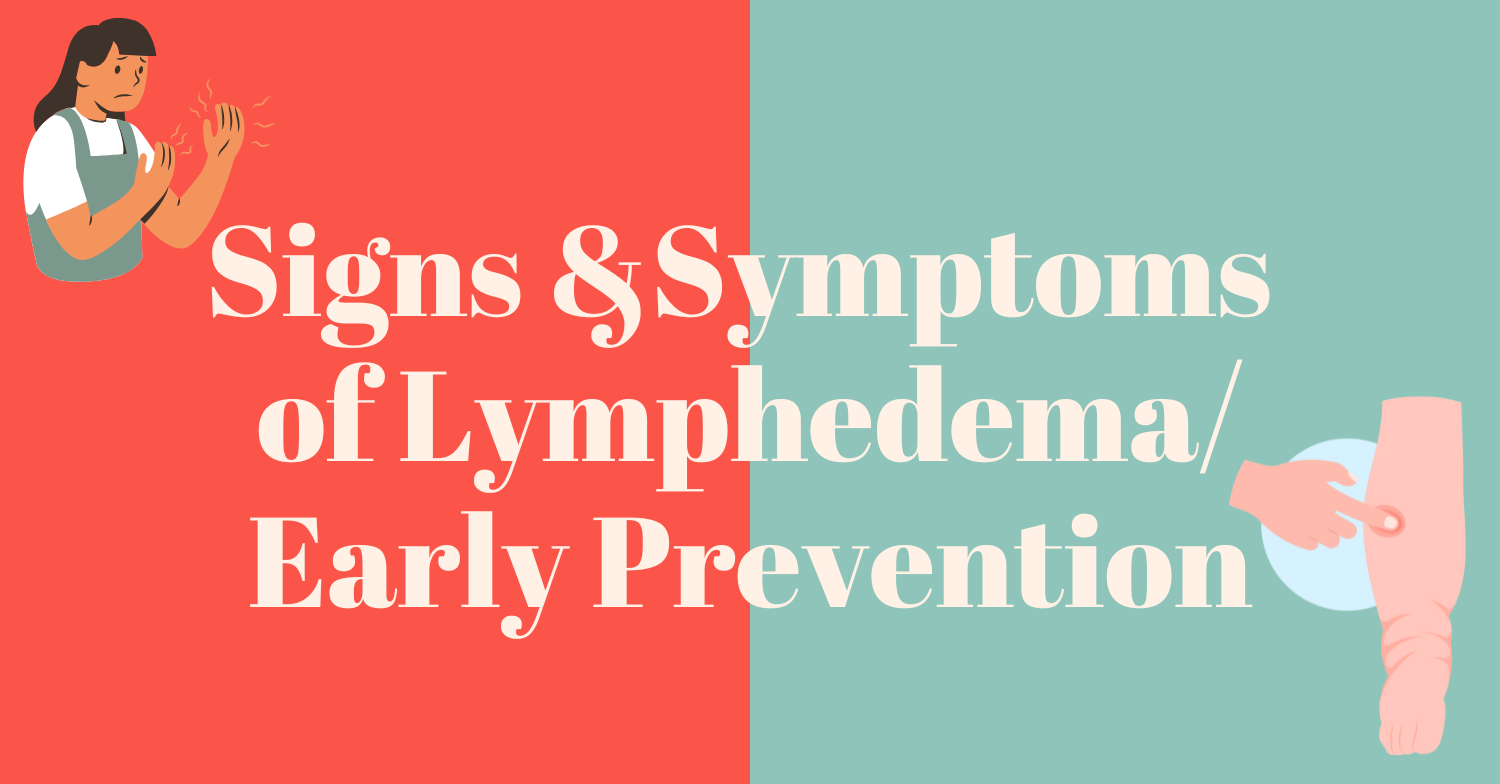
Early detection and management are vital when it comes to effective lymphedema care. Lymphedema progresses through four stages, beginning at stage 0 and advancing to stage 3. In the early stages, symptoms may be subtle, making it important to monitor for any changes. However, once lymphedema reaches stage 2, the condition becomes irreversible. While treatment can help manage symptoms and prevent further progression, complete reversal is no longer possible. It's important to discuss any symptoms you’re experiencing with your primary healthcare provider as soon as possible. Addressing them early can help prevent progression to the more advanced and irreversible stages 2 and 3.
Here is a list of the common signs and symptoms of Lymphedema:
- A heavy, full, and tight feeling in an extremity of the body such as arms, legs, hands, or toes. In stage 0, you might not see a physical change, but you can feel it.
- Swelling in an extremity of the body that does not look similar to the opposite side. There may be some pitting edema, but as lymphedema progresses, swelling will not present as pitting edema.
- Numbness or tingling in the affected extremity. As lymphedema progresses, the level of discomfort also progresses.
- There may be some skin discoloration presenting with redness and skin hardening in people with untreated late-stage lymphedema.
- There will be some changes in the range of motion in which your affected extremity can move.
Take our symptom screener for a more extensive list of the early signs, so you can determine if you are in need of our services at Vibrant Living Lymphatics!
American Cancer Society. (n.d.). Lymphedema. American Cancer Society. https://www.cancer.org/cancer/managing-cancer/side-effects/swelling/lymphedema.html
Sleigh B.C. & Manna B. (2023). Lymphedema. StatPearls Publishing https://www.ncbi.nlm.nih.gov/books/NBK537239/
Patrice Briggs-Ngang
Contact Me


%202.png)
